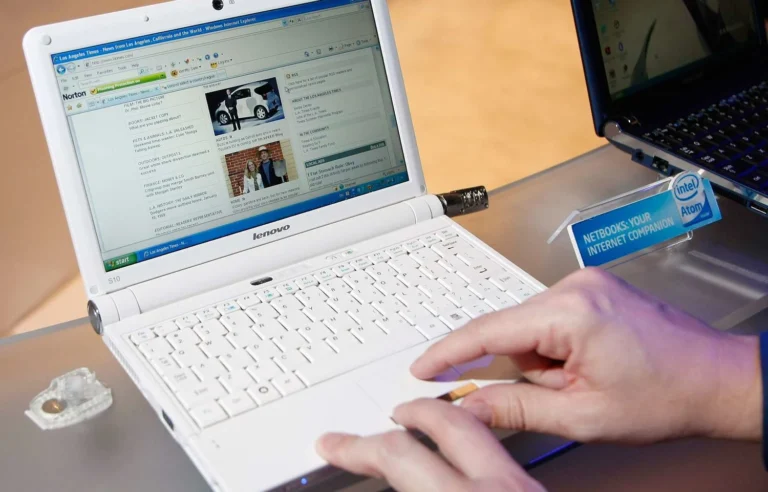
Have you ever considered the cost of having a standalone version of Microsoft Office? If you’ve explored this option, you might be surprised to find a price tag of $150. That’s right, $150 for a single purchase, and if you require an office license for commercial use, the cost skyrockets to $440 for just one PC. In a world where monthly subscription fees for software are becoming the norm, the question arises: why is Microsoft Office so expensive?
A Historical Perspective
To understand the pricing of Microsoft Office, it’s essential to delve into its history. Surprisingly, the high cost is not a recent development. Over 25 years ago, the Office 97 suite started at a whopping $499, setting the trend for what would become a consistently expensive product.
Alternatives Over the Years
Despite the hefty price tag, many people have been using word processors for years without shelling out hundreds of dollars. Before cloud computing dominated the tech scene, pre-built computers often included productivity software, whether from Microsoft or other providers. Additionally, basic word processors like WordPad, still included with Windows 11 today, offered a cost-effective solution. Online alternatives such as Google Docs and Microsoft’s own free web-based version further provided accessible options.
Microsoft’s Target Audience
Contrary to what one might think, Microsoft isn’t primarily targeting individual users with these high prices. The core customer base for Office is businesses, where the seemingly steep costs may be a relatively small expense. Larger businesses often negotiate volume licensing with Microsoft, obtaining licenses for many employees at a discounted rate.
The Value Proposition for Businesses
Businesses are willing to invest in Office suites because they offer advanced features crucial for professional use. Compared to some traditional open-source alternatives, Microsoft’s programs provide a level of sophistication that businesses find valuable. Additionally, the support from Microsoft adds another layer of appeal, as larger organizations prefer not to rely on solely browser-based suites to avoid potential downtime during internet outages.
The Shift to Subscription Models
Microsoft has transitioned to a subscription model, rebranding its suite as Microsoft 365 rather than Office. While this might seem more expensive over the long run, with a monthly fee of $7, it provides a more palatable option than a $150 upfront cost. Microsoft 365 also includes perks such as extra cloud storage, future updates, and ongoing support, making it an attractive proposition for users.
The Incentive for Subscription Models
Why isn’t Microsoft making standalone versions cheaper? The answer lies in the subscription model’s incentives. Microsoft aims to encourage users to opt for Microsoft 365 subscriptions, where they can enjoy continuous updates, additional services, and long-term support. This strategy ensures a steady revenue stream for Microsoft, a more lucrative approach compared to selling individual licenses.
The Inertia Factor
Beyond pricing, there’s a considerable inertia in the business world. Many enterprises have been using Microsoft Office for years, and switching to alternatives seems daunting. This inertia is further fueled by the fact that numerous businesses hire graduates from institutions that have volume deals with Microsoft, creating a familiarity that discourages change.
Conclusion
In conclusion, the cost of Microsoft Office may seem steep, but understanding its historical context, target audience, and the shift to subscription models sheds light on the rationale behind these prices. While businesses may find value in the advanced features and support, individual users can still explore alternative, more budget-friendly options for their word processing needs. Whether you choose to stick with Microsoft Office or explore other possibilities, the landscape of productivity software continues to evolve.
In case you have found a mistake in the text, please send a message to the author by selecting the mistake and pressing Ctrl-Enter.






